Novel device is simple to use and to implant
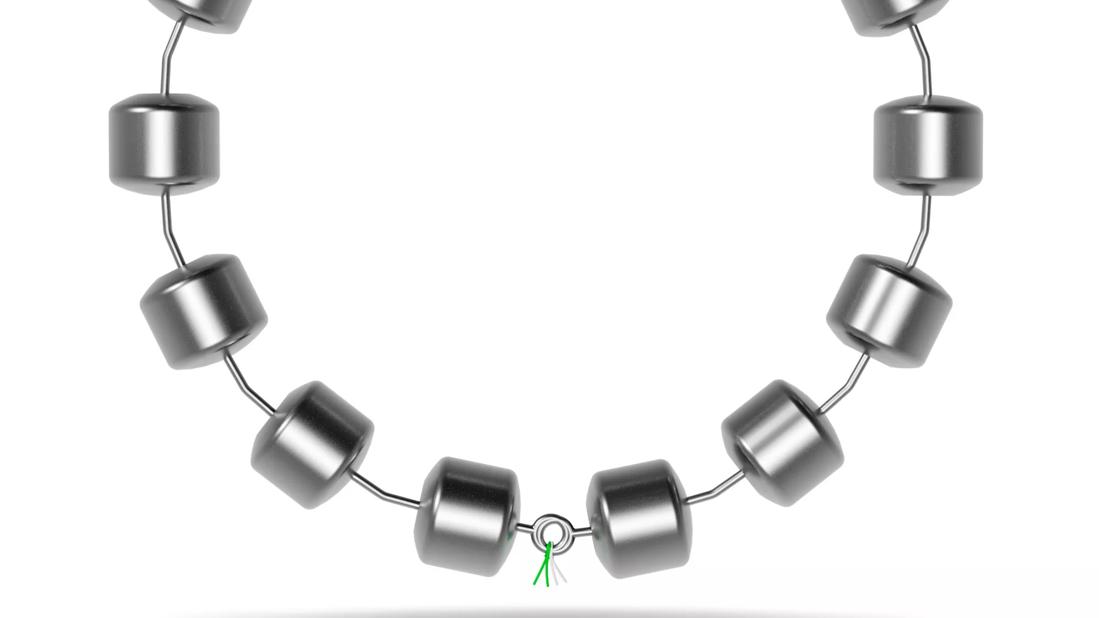
Cleveland Clinic is among the first to offer patients with fecal incontinence a new device that imitates the function of the anal sphincter.
Cleveland Clinic is a non-profit academic medical center. Advertising on our site helps support our mission. We do not endorse non-Cleveland Clinic products or services. Policy
“What we like about this device is that it’s fairly simple,” says Massarat Zutshi, MD, colorectal surgeon in the Digestive Disease & Surgery Institute. “It’s a ring of magnets surgically placed around the anal muscles that expand when you have a bowel movement. So it’s dynamic, but at the same time, it doesn’t require anything from the patient but the ability to push.”
The device, known as the Fenix® Continence Restoration System, consists of interlinked magnetic titanium beads that are strung together on a titanium string. Surgeons implant it in the patient’s rectum and the forces of the magnetic beads keep the opening closed unless the patient moves his or her bowels to defecate. The procedure takes about 45 minutes and only requires an overnight hospital stay.
The Fenix received FDA approval under a humanitarian device exemption, which means that the individual needs to have tried and failed more traditional treatments for bowel leakage such as fiber, bowel stoppers and neuromodulation. Cleveland Clinic is one of a handful of medical centers offering the Fenix, having performed its first case in December 2016.
Fecal incontinence occurs in both sexes and a wide range of ages. In younger women, the most common cause is complications from childbirth. It can also be the result of trauma, prior surgical procedures, anal sex and any number of other factors that damage the muscles and nerves of the anus. Incontinence is one of the most common reasons for nursing home placement in elderly men and women.
Dr. Zutshi says research has shown that between 4 and 18 percent of the population suffers from fecal incontinence; she believes the number could be higher because some patients do not seek help for a variety of reasons.
For people with fecal incontinence, the situation is unbelievably embarrassing. Often patients do not want to leave the house, so they’re always near a bathroom.

The Fenix is the latest in a variety of fecal incontinence treatments that range from noninvasive to minimally invasive to invasive. They include incontinence plugs, sacral neuromodulation, pelvic floor slings, surgical repairs and radiofrequency energy to create collagen deposits that may increase the rectum’s ability to retain stools.
Dr. Zutshi says that while the Fenix is considered invasive, it is easier for patients to use on their own. For instance, a device that uses an inflated balloon to create pressure to keep stools from escaping require a patient to reach into the vagina and push a button to deflate the balloon when they need to defecate. This device, the artificial bowel sphincter, is no longer available in the United States.
Still not all patients are eligible for the Fenix. Patients must also have adequate healthy tissue between the rectum and the vagina or the rectum and the prostate for placement of the device.
A handful of studies have looked at patients who have received the device. The majority of studies have been performed in Europe. So far, Dr. Zutshi says, the Fenix has shown to have a good success rate. But she says the risk with all such devices, because they are located around the rectum, is of infection and it will take time to determine if Fenix users struggle with that.
“We just have to wait and see,” she says. “But, so far, it looks like a promising option for patients with bowel incontinence.”
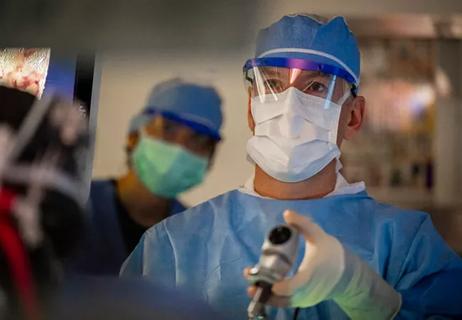
Fewer incisions and more control for surgeons

New Vice Chair of Innovation and Technology Dr. Matthew Kroh talks about device development, robotics, artificial intelligence and nurturing a culture of innovation
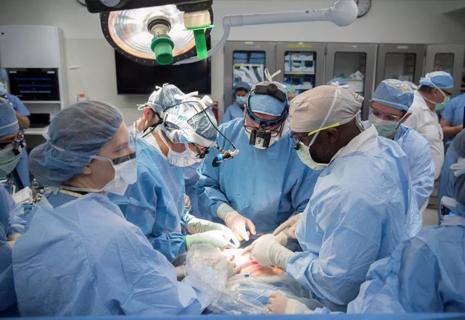
A concise summary of an historic operation

Multidisciplinary patient management, standardized care contribute to success
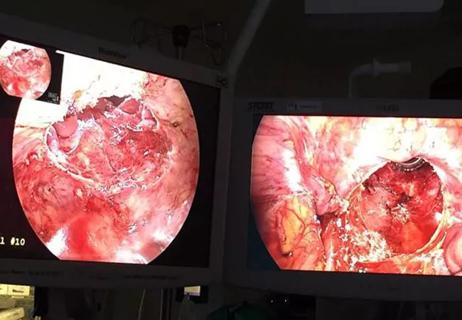
TaTME's uses now extends beyond rectal cancer
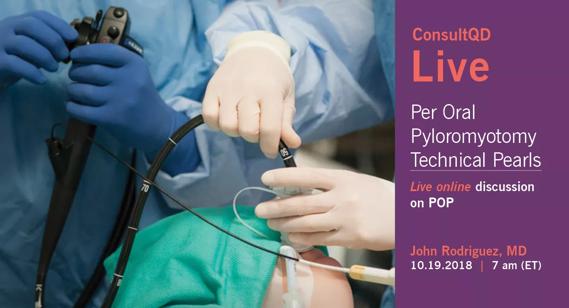
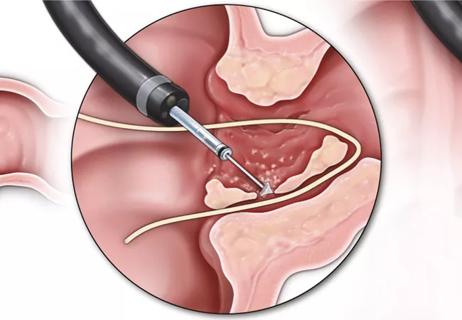
A look at endoscopic fistulotomy

Goals: lower cost and ensure optimal outcomes